Why entrepreneurs need a financial dashboard
Financial dashboards and KPI had been the la test craze in the business world and the flood of resources (and noise) had made it hard to know where to even begin. So here is a step by step breakdown to set up your business dashboard.
test craze in the business world and the flood of resources (and noise) had made it hard to know where to even begin. So here is a step by step breakdown to set up your business dashboard.
How to build a financial dashboard
Before you even get into which tools to use, you need to ask yourself what are the goals that you want to achieve and what are the things that are keeping you up at night? Once you have these priorities clearly identified, it’ll make the tools selection along with the dashboard building a lot easier.
Step.1 – Know your numbers
Like most things in life, to get to where you want you must first know where you stand. Say you’ve identified “increasing profitability” as your top priority for the rest of the year, the first thing to do is to know exactly how profitable you are today. You’ll be surprised how many entrepreneurs are unable to tell me their net profit let alone their gross margin for a given time period. If you can’t answer that question now, step one will be to get there. Your net profit, gross margin, and revenue will make up the core of your financial dashboard; aim to have these available and up-to-date on a weekly basis. Once you are able to do that consistently, you’ll be ready for level two stuff.
Step.2 – Make sure the data is up-to-date
By following these steps and keeping things simple to start, the dashboard you build will gain traction simply because it is up-to-date and focused. Remember, a complicated dashboard that’s not up-to-date is just an expensive piece of tech collecting dust. A good dashboard will only show the metrics that truly matter and drive behavior changes that lead to results.
Step.3 – Look into some dashboard tools
Once you have a clear understanding of your goals and how to get the metrics you want on a consistent basis, you can choose the tools that can help display this in one cohesive form. While we’ve used over 10+ dashboard tools at DeepSky, we’ve ended up with two of the favorites that we thought were a good balance between capabilities and ease of use. They are Grow.com and Microsoft’s Power BI.
Step.4 – Choose the one that suits your need
While we enjoyed the advanced capabilities of Power BI, we were bummed that it doesn’t integrate directly with some of our favorite accounting tools like Xero. Grow.com, on the other end, integrates with Xero and Teamwork Project Management but currently falls behind with its customization capabilities. Don’t despair though, technology and tools will advance as time goes on and a good dashboard is defined only by one that informs and drives action. Too many entrepreneurs get caught up in the dilemma of choosing the “right tool” and loses sight that all you have to do is act. Till this day, one of the dashboards in our office that yields the biggest bottom line impact is still just a Google Spreadsheet.
So set forth and get your first dashboard up and running! I’d love to see what they look like, the items you are tracking, and hear about the progress you guys are making with it.
Share on here (or share privately) about which of your dashboard saw the best result in your business.


